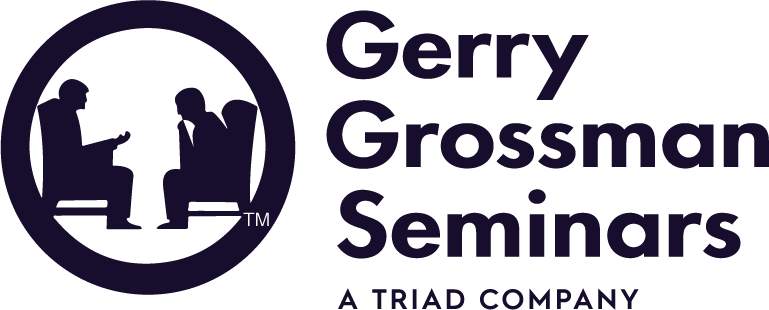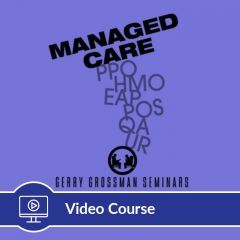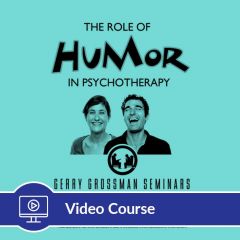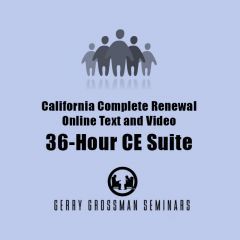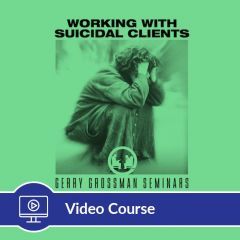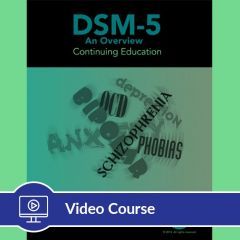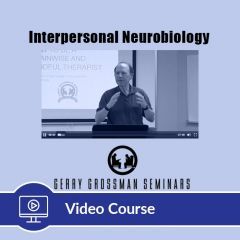15-Hour Alcoholism and Other Chemical Substance Dependency CE Suite Online Text-based Course (15 CE)
This is a comprehensive suite of courses designed to satisfy licensure requirements for those who have received their degrees outside California.
Contents:
Methamphetamine is increasingly becoming a drug of choice for both adults and teenagers across the U.S. in cities both large and small. "Methamphetamine Abuse" provides a brief history of the drug; details the physical and psychological effects; explores the frightening face of methamphetamine abuse and dependence; and provides a full discussion of assessment and various approaches to treatment. Interspersed throughout this course are a number of compelling case studies and dozens of references and other resources.
Authors: Patricia Patton, Ph.D, Anna Treves, LCSW, Harry Hawkins III, B.A., Innokenty Chugai, B.A.
Target Audience: Introductory and Intermediate; LMFTs, Social Workers, LPCCs, Nurses, Substance Abuse Counselors, and other mental health clinicians.
Upon completion of this course, participants will be able to:
- Recognize physical, psychological and behavioral symptoms of methamphetamine use.
- Assess and diagnose Methamphetamine Use Disorder, Intoxication and Withdrawal.
- Integrate standard Substance Use Disorder treatment with NIDA guidelines, the Matrix outpatient treatment model, and the Haight-Ashbury outpatient treatment models.
- Recognize the impact of methamphetamine usage on the environment and community.
This course satisfies the following California BBS Continuing Education requirements:
- All 15 hours of Alcoholism and Other Chemical Substance Dependency required for California LEPs
This course satisfies the following California BBS Pre-licensure requirements:
- All 15 hours of Alcoholism and Other Chemical Substance Dependency required for California LCSW candidates
- All 15 hours of Alcoholism and Other Chemical Substance Dependency required for California LPCC candidates
Advantages of taking Gerry Grossman Seminars at-home CE courses:
- Online courses offer the post-test online for instant course completion.
- You can repeat the post-test if you don't pass.
- Online courses are available to you immediately after purchase.
- California LMFTs, LCSWs, LPCCs and LEPs can fulfill 100% of their CE hours online.

